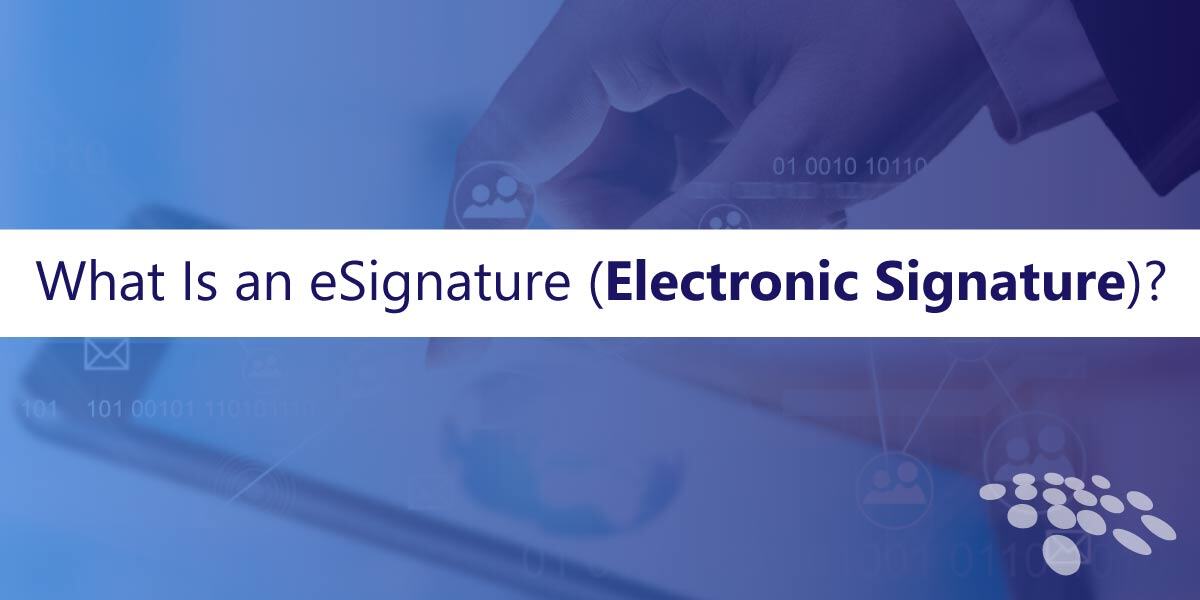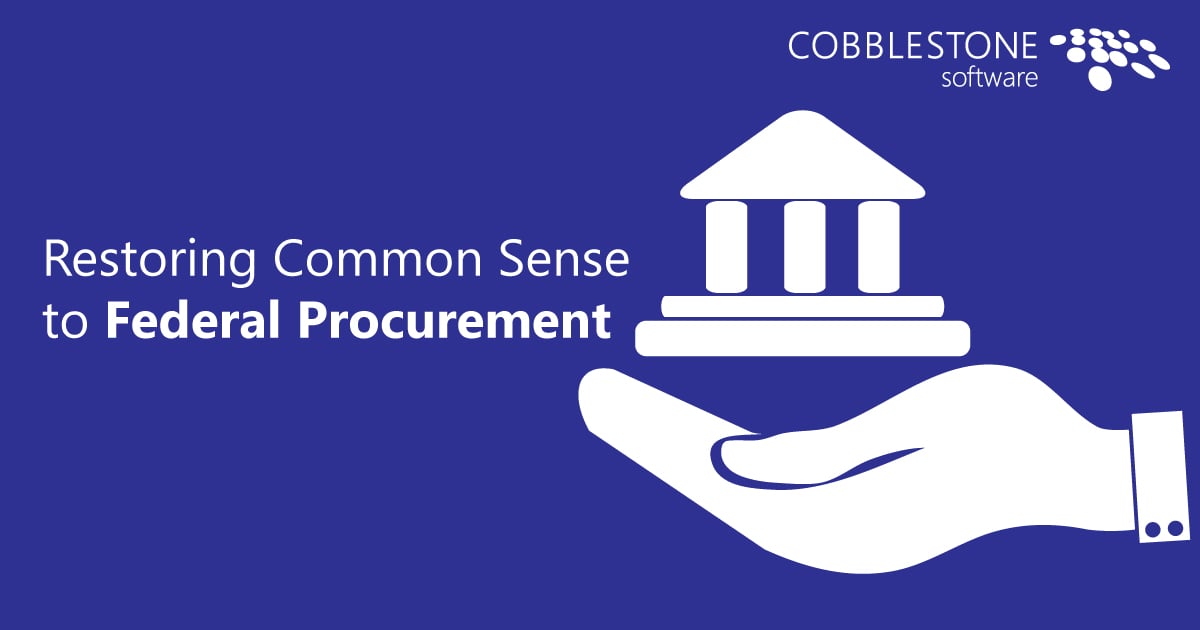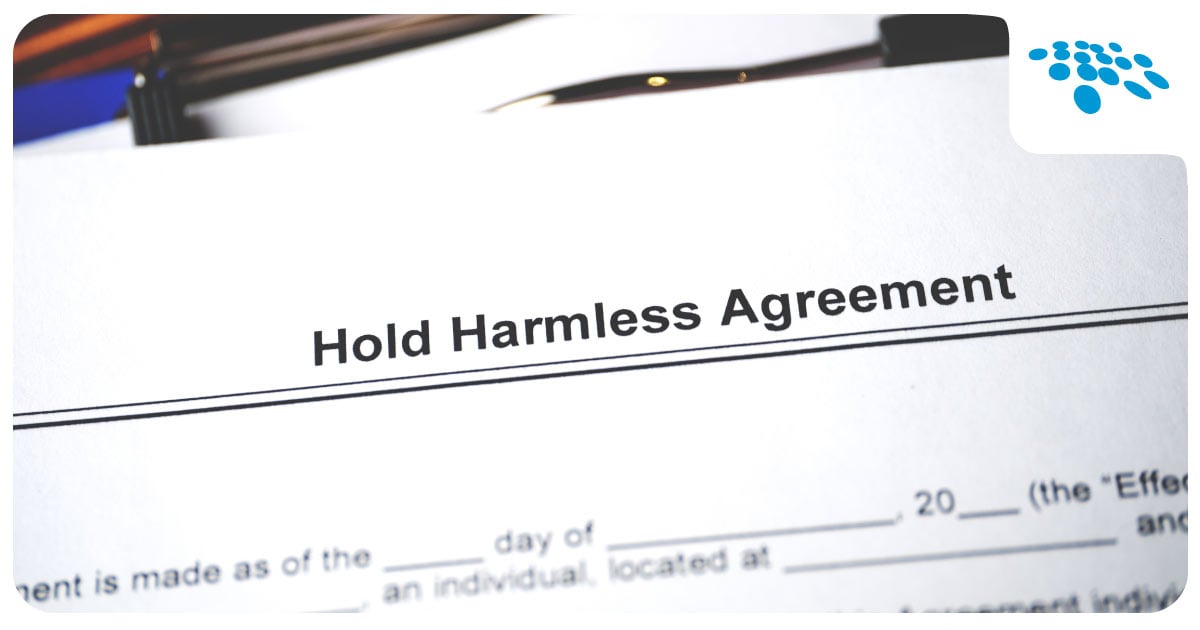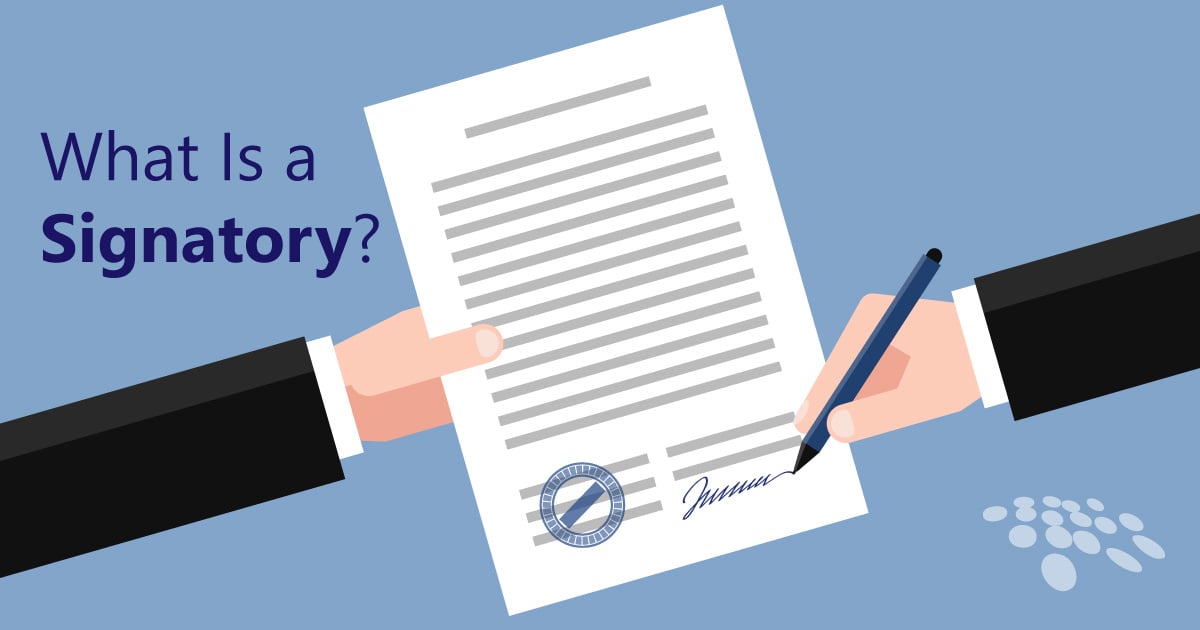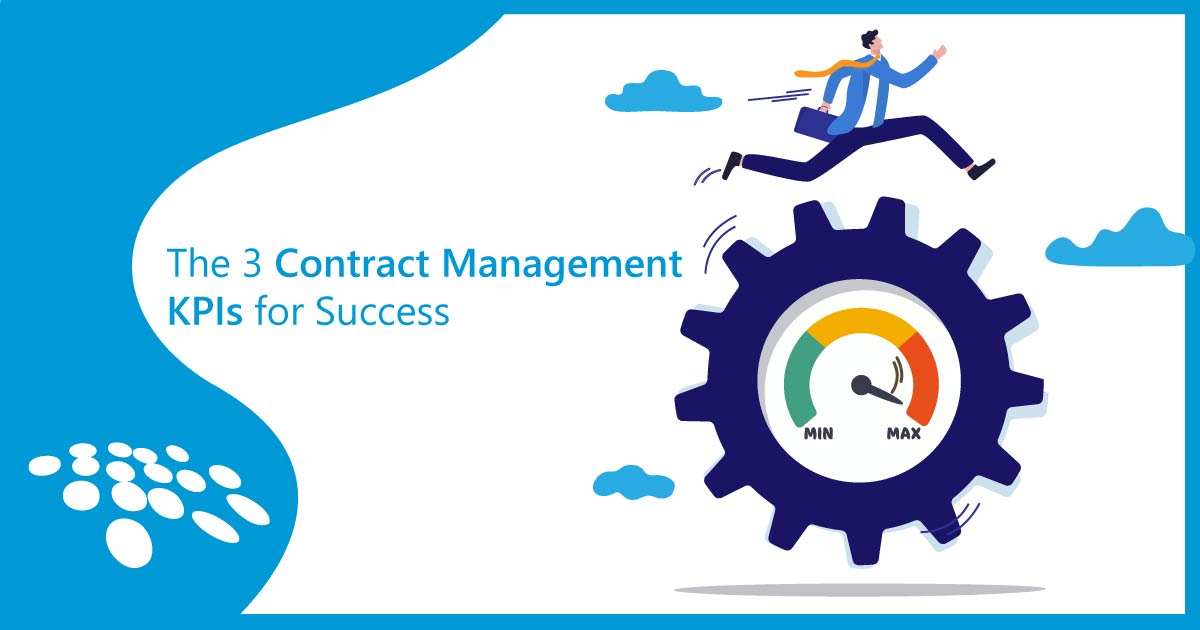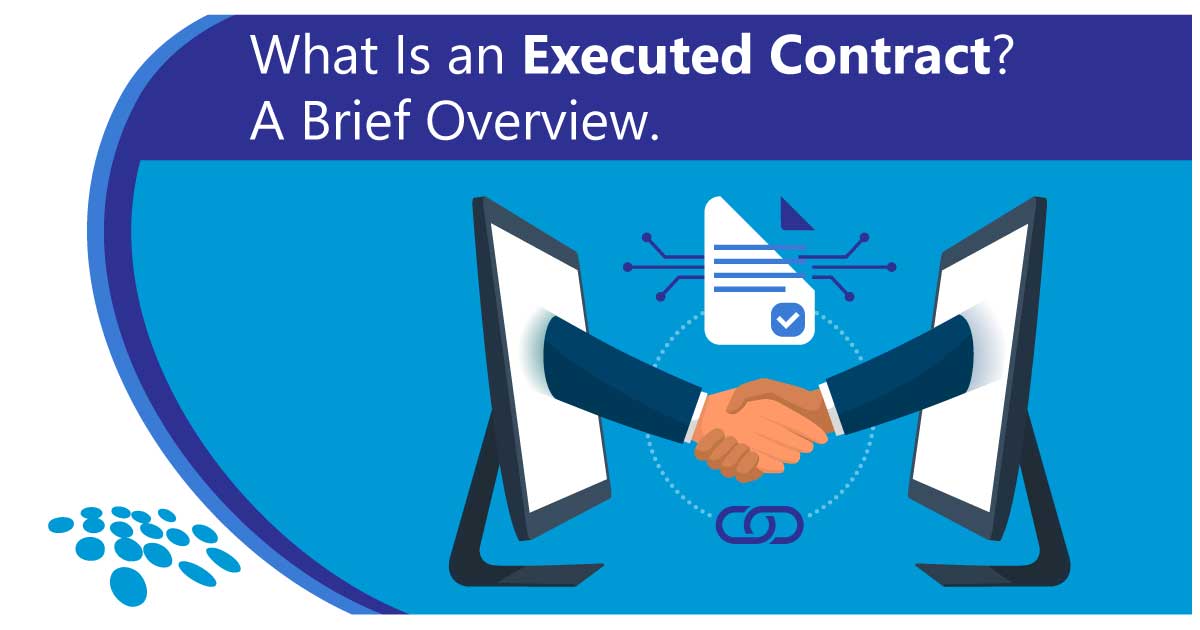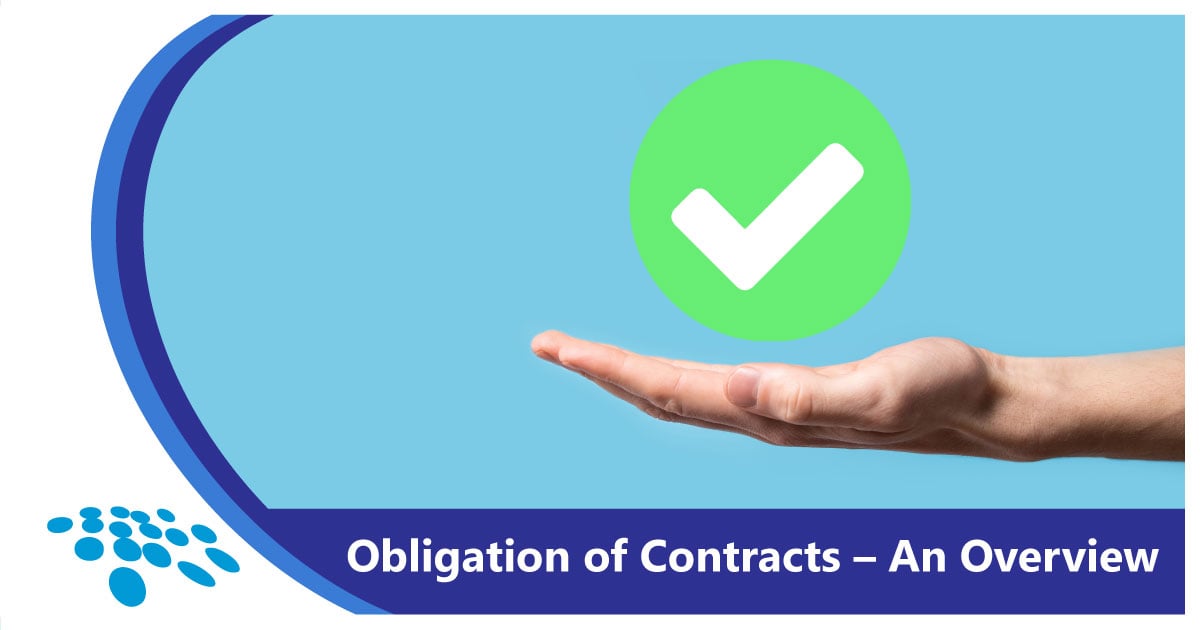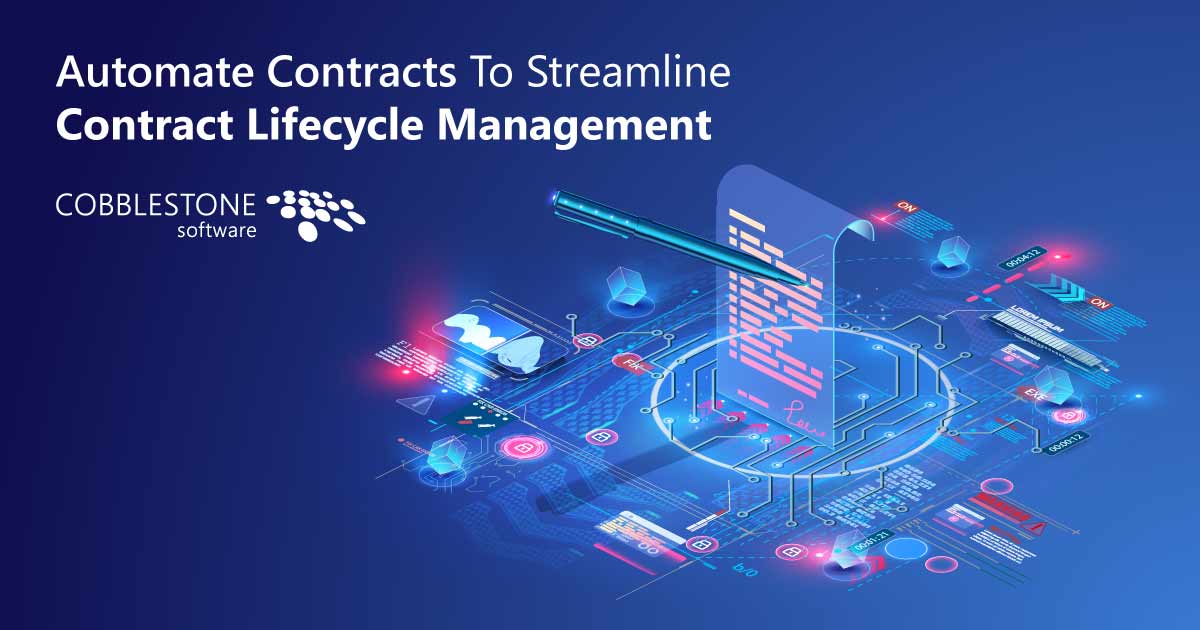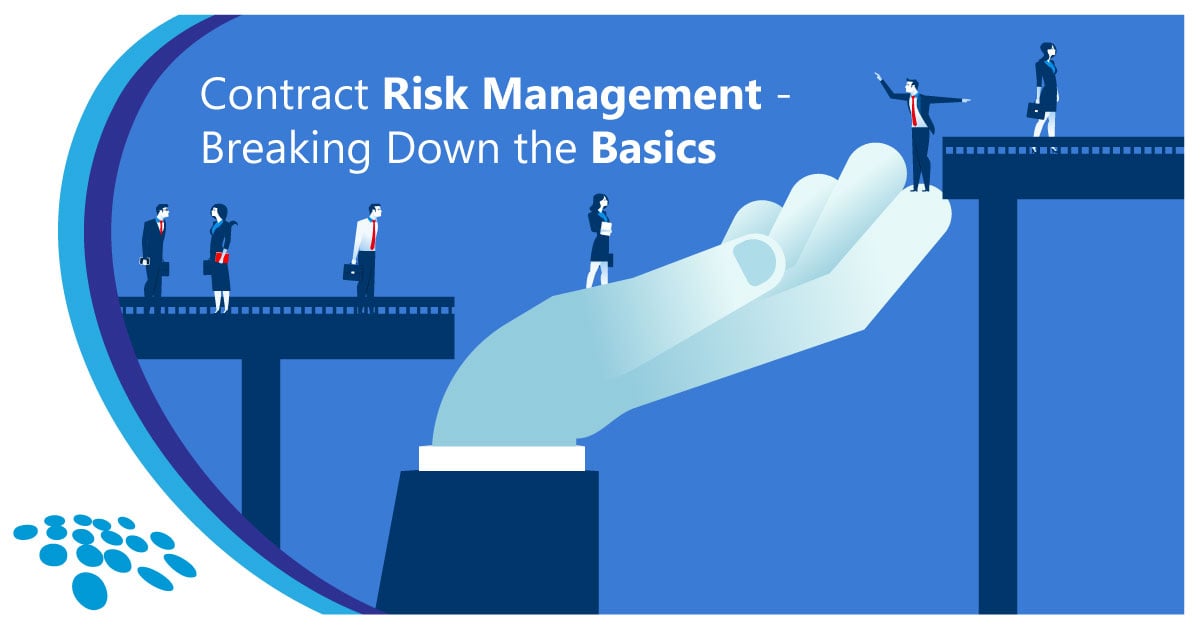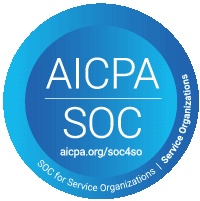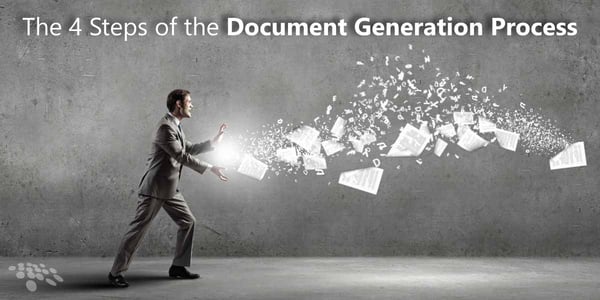
Manual document generation processes are prone to human error. They are time-consuming and lack standardization. As document complexity and volume grow, the cracks in the surface become irreparable gashes. Luckily, with the right strategies and tools, you can master the management of numerous complex documents. Here are the four steps of the document generation process and some helpful tips to automate document generation.
What Is the Document Generation Process?
The document generation process is the systematic creation of a document, such as a contract, invoice, or report. It typically involves pre-defined document templates and input metadata. The goal of the document generation process is to automate the populating of a document with relevant information and save time, resulting in a streamlined and ready-to-use document without the need for manual data entry each time.
Step 1: Obtain a Document Template
Templates are critical to document creation because they provide a pre-defined structure, format, and layout for virtually any type of document. With templates, you no longer need to form a document from scratch. Templates improve standardization to generate documents with specific data populated as needed.
We recommend a solution that supports the self-serve creation of document templates for many different document types (contract management software for contracts, for example). You should also utilize a solution for document generation processes that allows you to leverage out-of-the-box templates and insert out-of-the-box metadata fields to be merged when the time comes. These templates will afford you a dynamic and uniform process for documents such as contracts.
Get started with some standard contract templates.
Step 2: Perform Data Input
The data input stage of the document generation process involves providing the necessary data points to populate the template. Data input is vital to document generation because it offers essential information to turn a document template into a fully formed contract, invoice, or report. Steps should be taken to ensure data is accurate, consistent, and relevant to the specific document situation.
Before handling any documents or templates, we recommend inputting data with a user-friendly document record page, such as the type available in leading contract management software for contracts. Instead of manually inserting metadata into a document while writing it and leaving room for error, you can enter data into neat, tidy, and self-serve metadata fields. These fields can come in the format of words, numbers, drop downs, and many others to capture names, key dates, dollar amounts, and virtually any other metadata you need to insert into a document during the document generation process.
Step 3: Perform Data Mapping
Field mapping during document generation processes takes the data inputs you gathered in the stage above and tidily and seamlessly brings them into the document template. You match the input data to the corresponding placeholders within the template—it's as simple as that! This process is entirely automated with solutions such as contract management software - at virtually the click of a button. The software automatically generates the final document by inserting the data into the template, producing a configured document.
Not only can you merge the data inputs mentioned above (key dates, names, dollar amounts, etc.), but you can also merge clauses from a pre-approved clause library to further standardize and optimize document language - especially in the case of contracts.
Step 4: Collaborate on Documents
Document collaboration is essential during the document generation process because multiple individuals can work on the same document together. This leads to faster turnaround times, improved quality and perspectives, reduced errors, and better alignment across teams and stakeholders by ensuring everyone is on the same page.
We recommend using contract management software for document collaboration. It features numbered version tracking each time you or one of your collaborators edit a document, virtually ensuring no change goes untracked and increasing visibility. Additionally, essential parts of a document (such as clauses) can be locked for editing unless a specific resource approves, preserving critical sections' integrity. Finally, approval workflows ensure that all resources required sign off on a document before it is pushed to the next stage (such as contract execution).
All the document generation tools listed throughout this blog post and many more for a better document generation process can be found in CobbleStone Contract Insight®. Book a free demo today to learn more about this contract management and document generation software!
*Legal Disclaimer: This article is not legal advice. The content of this article is for general informational and educational purposes only. The information on this website may not present the most up-to-date legal information. Readers should contact their attorney for legal advice regarding any particular legal matter.









